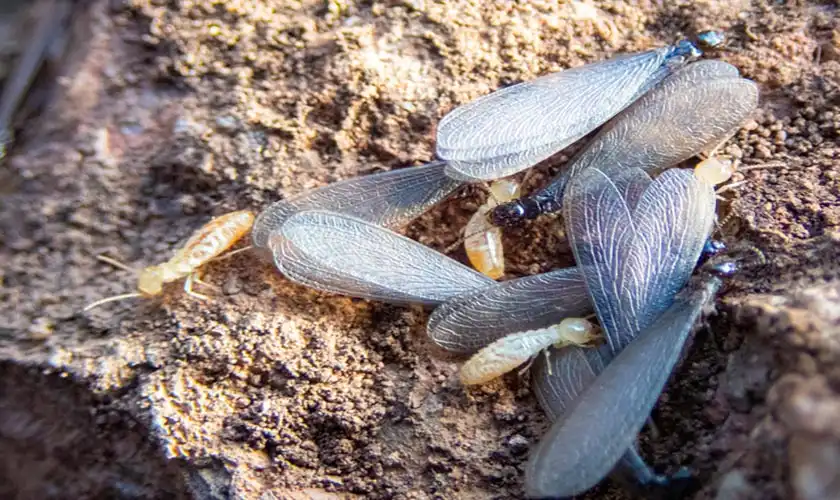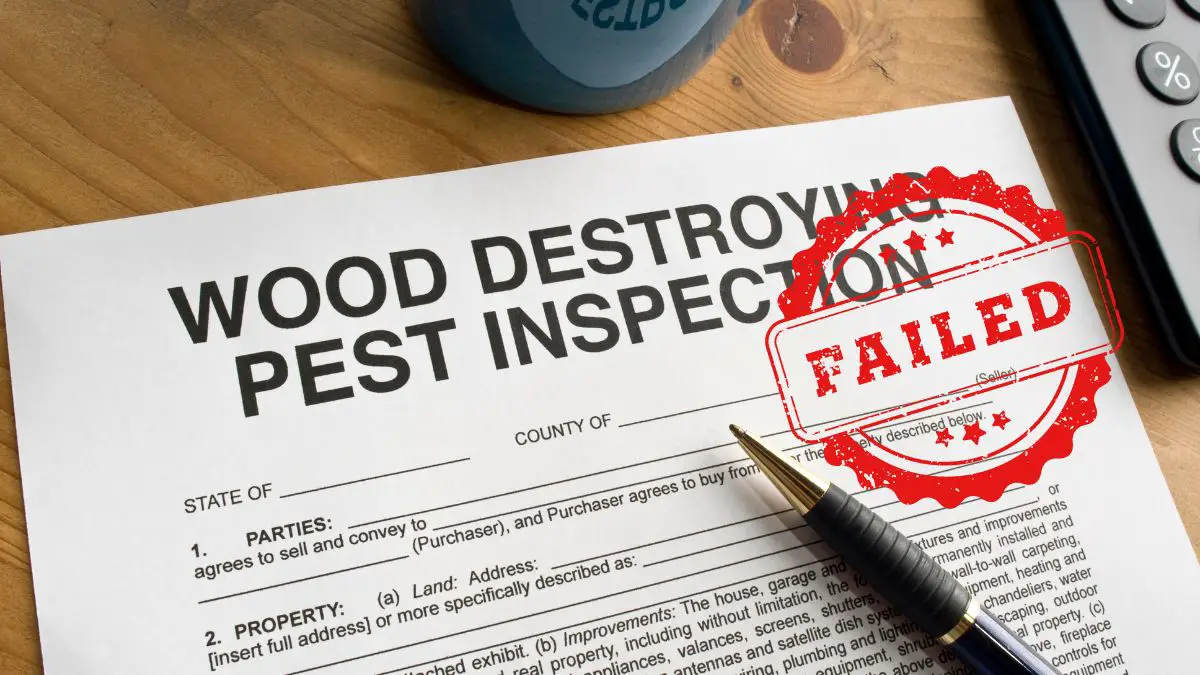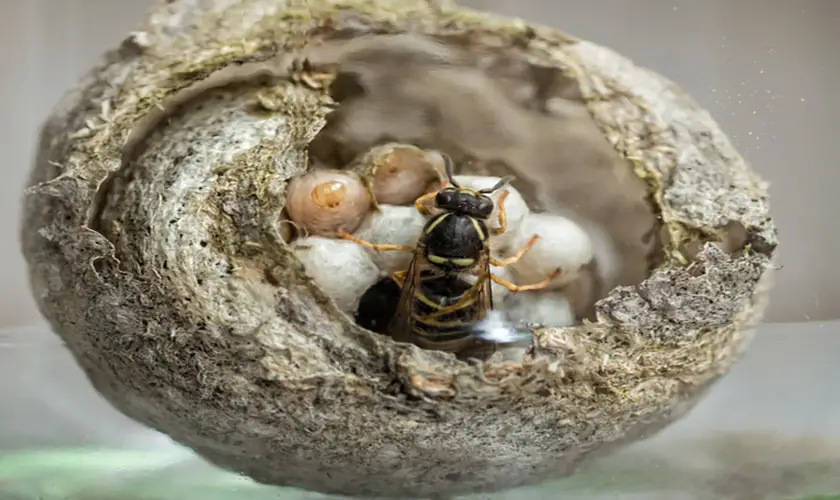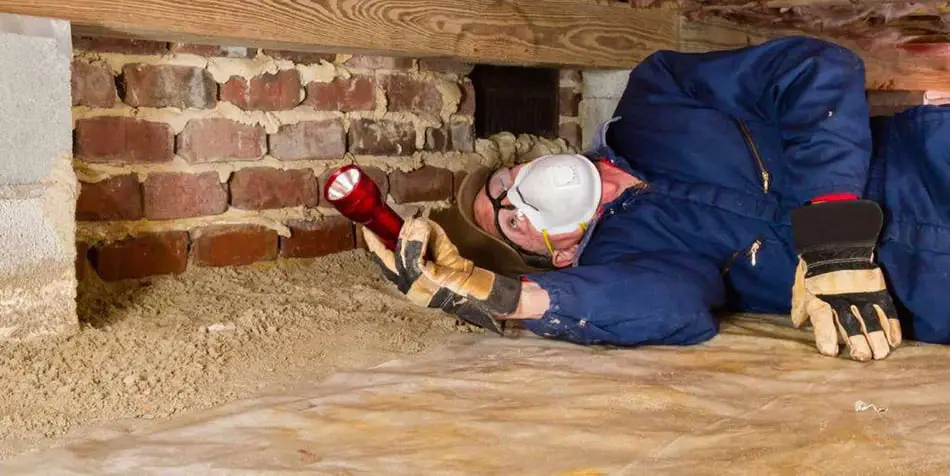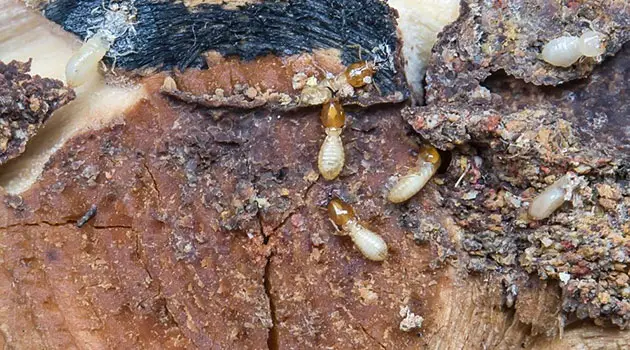
Termites are every homeowner’s nightmare. They are persistent, destructive creatures that can cause severe structural damage to a home. The price for repairs caused by termite damage can be staggering. Most insurance companies do not cover termite damage.
The homeowner will be left with an unexpected and hefty bill. Termites can cause so much damage that they make a house unsafe for the residents. It is essential to know how to take preventative measures.
Pressure-treated wood is chemically treated and is termite resistant. It is important to note that it is not termite-proof. It would be best if you took precautions to limit possible termite infestation. The wood used in foundations, structural support, or construction outside the home should be pressure treated.
This article will examine pressure-treated wood, how it deters termites, and what precautions and practices should be observed when using pressure-treated lumber. We will also consider some characteristics of termites that allow them to be destructive.
Get FREE quotes from licensed pest control technicians in your area today. Whether you need a termite inspection or a full treatment, We Can Help! All technicians are screened, licensed, and insured.
What Is Pressure Treated Wood?
Wood is pressure treated by immersion in a pressure chamber that decompresses and removes all the air, creating a vacuum. The vacuum is filled with chemicals that surround the wood.
The pressure caused by the vacuum allows the substances to be absorbed deep into the wood structure. This procedure is different from merely coating the wood with an insecticide. The chemicals act as a preservative, reducing wood rot and deterring insects.
What Chemicals Are Used In Pressure Treated Wood?
The wood used to be treated with Chromated Copper Arsenate (CCA).
- Chromium is a bactericide.
- Copper is a fungicide.
- Arsenic is an insecticide.
For many years until 2003, CCA was used when the Environmental Protection Agency (EPA) placed restrictions on CCA use in the United States. Wood companies changed to using Alkaline Copper Quat – still sometimes abbreviated as CCA or as ACQ. ACQ consists of copper oxide and quaternary ammonia. Older timbers in homes may still be treated with chromated copper arsenate. It is also still in use in some countries around the world.
All About Termites
Termites are insects similar in appearance to ants. They live in a highly evolved social structure with different worker groups. Termites feed off cellulose, the fibrous structure found in wood and other plant matter. The problem is that one termite is seldom seen by itself.
The fact that termites live in colonies is what makes them so destructive. An average size colony can move 550 pounds of soil a year. Imagine how much wood and plant material that community needs to feed all the members.
Why Is Pressure Treated Wood Termite Resistant & Not Termite Proof?
Pressure-treated wood can still be susceptible to termite damage for various reasons.
- Damp wood is always a favorite feeding ground of termites. The moisture compromises the chemicals infused into the wood and allows the termites to begin eating.
- Construction damage to the wood in new cuts, drill holes, and notches allow termite access points. Spot treatment is supposed to be applied during construction to prevent termites from gaining access to construction damage, but it seldom happens.
- Chemical Leaching occurs over the years and reduces the protection offered by the chemicals. Leaching may take seven to ten years, but the termites can easily invade the wood afterward.
- Termite mud tunnels are built over treated wood to allow the termites to access untreated lumber.
Preventing Termites From Invading Pressure Treated Wood
Pressure-treated wood is a valuable and helpful tool in construction, but it is not termite-proof. The wood should be used in timber used for structural support in a building and outside purposes. Precautions to prevent termites from accessing and feeding on pressure-treated wood are essential.
1. No Soil-Wood Contact
Wood should never have direct contact with soil. The wood-earth connection gives termites easy access to the building without homeowners noticing.
The termites do not need to appear above ground level to gain entry. Wood such as indoor frames must be six inches above ground level, and all wood must rest on a concrete base.
2. Prevent Damp
Moisture is detrimental to pressure-treated wood. It allows chemicals to leach faster and softens the wood, rotting it and allowing termites to breach the surface. Moisture gets into the wood if the wood has contact with the soil or leaky pipes and gutters.
It would be best if you regularly inspected buildings to check for leaks and damp areas. The ground should be sloped away from the foundations to prevent water from collecting.
3. Keep Foundations Clear Of Vegetation
It is crucial to keep the area directly in contact with the building clear of vegetation, leaf piles, and garden refuse. It would be best if you did not stack firewood against walls.
Any form of wood or plant matter will attract termites as it is an easy food source. Once they have consumed the outside vegetation, they can quickly move onto wood structures in the house.
4. Keep Crawl Spaces Clean & Dry
Crawl spaces under buildings must be kept clear of vegetation and debris, which offer an open invitation to termites. The humidity in a crawl space can be kept low by providing adequate vents, which are cleared periodically throughout the year to ensure they remain functional.
Polyethylene sheeting may be used to cover the soil in crawl spaces. The sheeting has been shown to reduce the humidity by up to 75% in crawl spaces.
5. Use Preventative Termiticides
Applying annual termiticides to the base of the building and vulnerable areas is well worth the investment. It is better to prevent the entrance of termites than to deal with an invasion.

Signs Of Termites In Pressure Treated Wood
Termite signs look very similar to dampness or mold. The wood begins to look swollen and blistery, with pieces flaking off. There may also be cracks in the wood, which look like they are filled with mud. Termites often use joints and screw holes to get into the wood, which may look like they have been filled with soil.
There may also be termite foraging tunnels. These are mud tunnels, a pencil’s width, walls, window and door frames, and foundations. Adult reproducing termites have wings that they shed at certain stages. It is often possible to find piles of these discarded wings which are a sure sign of termites. Termite feces that look like piles of sawdust may also be seen.
Solutions For Termite Invasion Of Pressure Treated Wood
If you are unfortunate enough to discover termites in your home, it is best to contact a reliable pest control company. They are the experts who will use the correct products to kill the termites and seal entry points. It is essential first to kill the termites and then assess for damage. Wood that termites have compromised can be handled in two ways:
- The wood can either be removed entirely or replaced. Removal can be difficult without deconstructing the entire building, but it is sometimes necessary.
- The damaged wood can be braced by new undamaged pressure-treated lumber.
Conclusion
Pressure-treated wood has chemicals forced into it, which help prevent termite infestation. It is termite resistant but is not a fool-proof method of keeping termites out. Hence it cannot be said to be termite-proof. Nevertheless, pressure-treated wood has a valuable place in construction. Building maintenance must include regular checks for termites.
You should check for conditions that provide termites food and shelter, so they are not encouraged to take up residence. Chemicals can leach out of pressure-treated wood. It is necessary to refresh the termiticides after seven to ten years.
Get FREE quotes from licensed pest control technicians in your area today. Whether you need a termite inspection or a full treatment, We Can Help! All technicians are screened, licensed, and insured.


